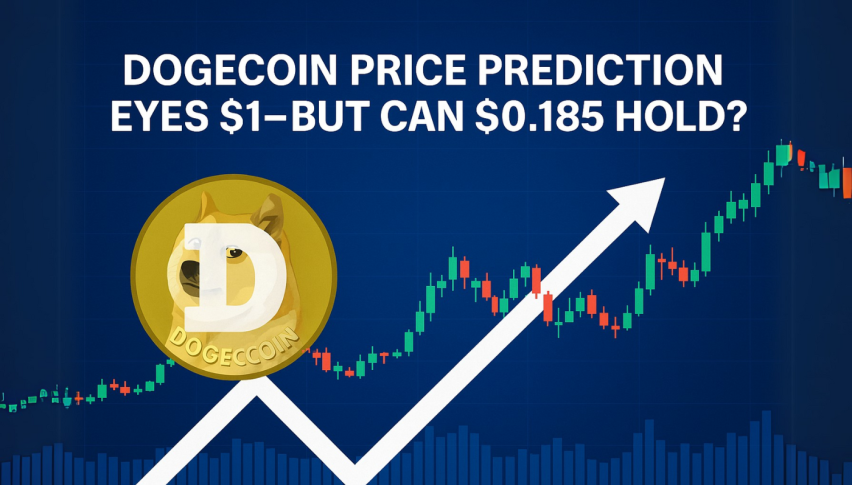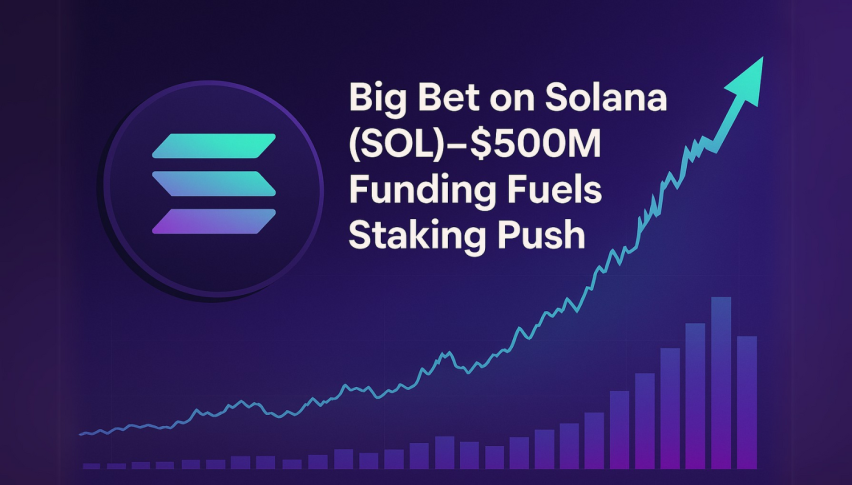Intel Out, Nvidia In: Dow Shake-Up Signals Shift in Semiconductor Sector Trends
Intel Out, Nvidia In: Discover how this Dow shake-up reflects shifting trends in the semiconductor industry as AI and high-performance chips

On November 8, Nvidia Corp. (NVDA) will replace Intel Corp. (INTC) in the Dow Jones Industrial Average, symbolizing a dramatic shift in the semiconductor landscape.
Once a dominant force, Intel’s position has eroded as it struggled to adapt to an industry increasingly driven by artificial intelligence and data processing needs.
Nvidia, on the other hand, has surged ahead, becoming a leading provider of AI-focused chips with a remarkable 173.4% stock rise this year.
This change reflects S&P Dow Jones Indices’ recognition of AI’s critical role in the modern economy and Nvidia’s leadership within this transformative field.
Intel’s Struggles and Nvidia’s Rise in a Transforming Industry
Intel has faced significant challenges in 2024, struggling to keep up as the semiconductor industry shifts toward AI and data center technologies. Once a leader in PC processors, Intel’s focus on traditional chips has led to a 54% drop in its stock this year, closing recently at $23.20.
In contrast, Nvidia has thrived by focusing on AI. Originally known for gaming GPUs, Nvidia’s chips have become essential for AI models like ChatGPT. Its latest H100 chip is now a top choice for AI processing, with new models, including the H200 and Blackwell, expected to reinforce Nvidia’s lead.
- Intel’s Market Cap: Dropped from $282 billion (2020) to $100 billion
- Nvidia’s Market Cap: Soared from $18 billion (2015) to $3.32 trillion
Implications of Nvidia’s Inclusion in the Dow
While Nvidia’s inclusion in the Dow Jones Industrial Average is symbolically significant, the impact on its stock may be limited. The Dow is a widely recognized index, but it does not serve as a primary benchmark for most institutional investors, who tend to focus on the S&P 500. However, Nvidia’s 10-for-1 stock split earlier this year made it a more likely candidate for the price-weighted Dow, which favors stocks with a share price conducive to index balance.
For Nvidia, joining the Dow offers increased visibility among retail investors and a mark of prestige, aligning it with America’s most iconic companies. For Intel, however, this removal underscores the challenges it faces in catching up to industry trends. Intel’s transition away from the Dow highlights its struggles to reinvent itself within a rapidly changing tech environment.
Intel’s departure is also a reminder of how competitive the semiconductor industry has become. Once the undisputed leader, Intel has seen its market position erode as rivals like Nvidia and AMD have expanded into AI and high-performance computing markets. This reshuffling in the Dow represents a broader shift within the sector, where innovation in AI and cloud computing are now at the forefront of growth.
Key Takeaways
- Nvidia Replaces Intel in the Dow: Nvidia’s addition to the Dow Jones Industrial Average reflects its status as a dominant player in AI chipmaking, while Intel’s removal signals its struggle to adapt to new tech trends.
- Market Valuation: Nvidia’s market cap now stands at $3.32 trillion, up 173.4% this year, whereas Intel’s market cap has fallen to around $100 billion after significant declines.
- Strategic Shift in Semiconductors: Nvidia’s rapid growth highlights the industry’s shift towards AI and cloud computing, leaving traditional PC chipmakers like Intel scrambling to adapt.

Nvidia (NVDA) Price Forecast: Technical Outlook
Nvidia is currently trading at $135.37, consolidating between key support and resistance levels. Immediate support is at $134.62, with resistance at $137.54, where the 50 EMA aligns as a barrier.
The RSI sits at 41, suggesting the stock may be nearing oversold territory, potentially setting up for a bounce if demand picks up.
Key Levels:
- Immediate Resistance: $137.54
- Next Resistance: $142.16
- Immediate Support: $134.62
- Next Support: $132.42
Watch these levels for potential breakouts or dips in the short term.
Conclusion
Nvidia’s recent price action reflects consolidation near key support levels following a strong upward year-to-date movement. The stock may experience short-term volatility as it tests support at $134.62, with immediate resistance around the 50 EMA at $136.99.
Investors should watch these levels closely, especially as Nvidia’s inclusion in the Dow may add visibility, but also increase scrutiny.
- Check out our free forex signals
- Follow the top economic events on FX Leaders economic calendar
- Trade better, discover more Forex Trading Strategies
- Open a FREE Trading Account



